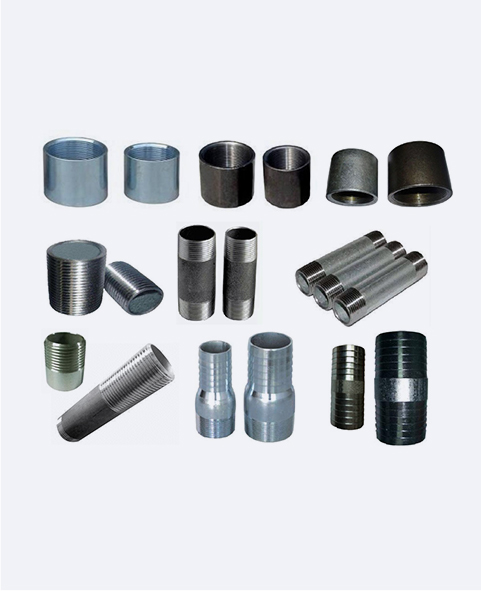-
Cangzhou Yulong Steel Co., Ltd.
-
Phone:
+86 13303177267 -
Email:
admin@ylsteelfittings.com
- English
- Arabic
- Italian
- Spanish
- Portuguese
- German
- kazakh
- Persian
- Greek
- French
- Russian
- Polish
- Thai
- Indonesian
- Vietnamese
- Zulu
- Korean
- Uzbek
- Hindi
- Serbian
- Malay
- Ukrainian
- Gujarati
- Haitian Creole
- hausa
- hawaiian
- Hebrew
- Miao
- Hungarian
- Icelandic
- igbo
- irish
- Japanese
- Javanese
- Kannada
- Khmer
- Rwandese
- Afrikaans
- Albanian
- Amharic
- Armenian
- Azerbaijani
- Basque
- Belarusian
- Bengali
- Bosnian
- Bulgarian
- Catalan
- Cebuano
- China
- China (Taiwan)
- Corsican
- Croatian
- Czech
- Danish
- Esperanto
- Estonian
- Finnish
- Frisian
- Galician
- Georgian
- Kurdish
- Kyrgyz
- Lao
- Latin
- Latvian
- Lithuanian
- Luxembourgish
- Macedonian
- Malgashi
- Malayalam
- Maltese
- Maori
- Marathi
- Mongolian
- Myanmar
- Nepali
- Norwegian
- Norwegian
- Occitan
- Pashto
- Dutch
- Punjabi
- Romanian
- Samoan
- Scottish Gaelic
- Sesotho
- Shona
- Sindhi
- Sinhala
- Slovak
- Slovenian
- Somali
- Sundanese
- Swahili
- Swedish
- Tagalog
- Tajik
- Tamil
- Tatar
- Telugu
- Turkish
- Turkmen
- Urdu
- Uighur
- Welsh
- Bantu
- Yiddish
- Yoruba

Oct . 04, 2024 11:56 Back to list
astm a 106 b
Understanding ASTM A106 Grade B An Essential Standard for Carbon Steel Pipes
ASTM A106 Grade B is a widely recognized standard published by the American Society for Testing and Materials (ASTM), specifically designed for seamless carbon steel pipes. This specification is crucial for the manufacturing of pipes used in high-temperature service environments, particularly in industries such as oil and gas, power generation, and chemical processing. Understanding the intricacies of this standard is essential for engineers, manufacturers, and project managers involved in procurement and application.
Chemical Composition
The chemical composition of ASTM A106 Grade B steel plays a significant role in its performance. The primary elements in this grade include carbon, manganese, phosphorus, sulfur, and silicon. The carbon content typically ranges from 0.26% to 0.29%, which contributes to the strength and hardness of the steel. Manganese is included to enhance the hardness and strength of the material while maintaining its ductility.
The limits on phosphorus and sulfur content are stringent, ensuring good weldability and resistance to corrosive environments. For instance, the maximum phosphorus content should not exceed 0.04%, while the sulfur content must be kept below 0.05%. This careful balancing of elements allows ASTM A106 Grade B pipes to perform effectively under extreme conditions while preventing the material from becoming brittle.
Mechanical Properties
ASTM A106 Grade B is renowned for its impressive mechanical properties, making it an ideal choice for high-pressure applications. The minimum yield strength for this grade is 35,000 psi, and the minimum tensile strength is approximately 60,000 psi. These values indicate that the material can withstand significant stresses without permanent deformation.
astm a 106 b

Moreover, the ductility of ASTM A106 Grade B is another critical aspect. It typically exhibits a minimum elongation of 20% for pipes with a nominal wall thickness below 0.375 inches. This ductility is critical in applications where the pipes undergo bending or other forms of mechanical stress.
Temperature and Pressure Ratings
One of the defining features of ASTM A106 Grade B pipes is their ability to perform under high temperatures and pressures. These pipes are suitable for conveying fluids such as oil, gas, and steam. The maximum allowable temperature is around 750°F (399°C), which ensures they can be used in various industrial applications. However, it is always essential to consult the relevant codes and standards for specific temperature and pressure conditions to ensure safety and efficiency.
Applications
Given its properties, ASTM A106 Grade B is extensively used in various applications. The oil and gas industry relies heavily on this grade for pipelines that transport hydrocarbons in high-pressure environments. Moreover, it is commonly used in power plants for steam services and in chemical plants for transporting corrosive substances.
Conclusion
ASTM A106 Grade B is a vital specification that serves as a benchmark for quality and performance in high-temperature and high-pressure applications. Its robust mechanical properties, combined with a favorable chemical composition, make it a preferred choice for industries that require reliability and durability. Understanding and adhering to this standard not only ensures the integrity of the systems using these pipes but also safeguards the operational efficiency of critical infrastructure. As industries continue to evolve, so too will the significance of standards like ASTM A106, ensuring safety and quality in material selection and application.
Latest news
-
ANSI 150P SS304 SO FLANGE
NewsFeb.14,2025
-
ASTM A333GR6 STEEL PIPE
NewsJan.20,2025
-
ANSI B16.5 WELDING NECK FLANGE
NewsJan.15,2026
-
ANSI B16.5 SLIP-ON FLANGE
NewsApr.19,2024
-
SABS 1123 FLANGE
NewsJan.15,2025
-
DIN86044 PLATE FLANGE
NewsApr.19,2024
-
DIN2527 BLIND FLANGE
NewsApr.12,2024
-
JIS B2311 Butt-Welding Fittings LR/SR 45°/90° /180°Seamless/Weld
NewsApr.23,2024











